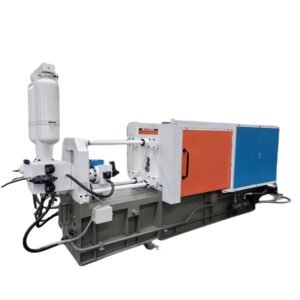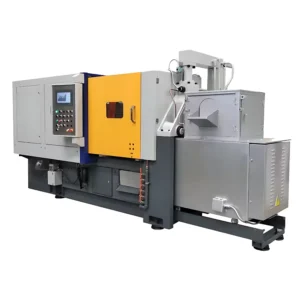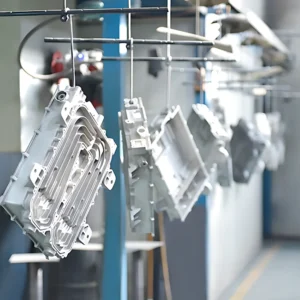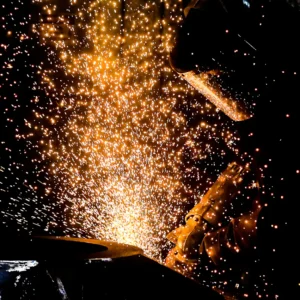In the field of machining, milling operations are used to machine surfaces of workpieces of various shapes. In this paper, we will discuss 12 different types of milling operations and their applications in manufacturing.
- Straddle Milling
- Gang Milling
- Face Milling
- Side Milling
- Saw Milling
- End Milling
- Angle Milling
- Form Milling
- Gear Milling
- CAM Milling
- Thread Milling
- Turret Milling
What is Milling?
Milling is a machining process . In this process, a rotary cutting tool moves across the surface of a workpiece to remove material and form the desired shape. Milling can be used to machine a variety of hard materials such as metals, plastics and wood. It is also used in a wide range of manufacturing applications such as parts manufacturing, mold making and surface machining of workpieces.

For more information on Milling check out this blog post at: CNC Milling vs CNC Turning
How Does CNC Milling Work?
In machining, each type of milling involves designing the printed part, converting the design to G and M codes (instructions understood by the CNC machine), machining and setting up, and performing the entire machining process.
We will now explore how CNC milling machines utilize their components and cutters to perform milling operations.
| Component | Description |
| control interface | Used to receive milling commands in the form of G-codes, capable of controlling milling variables such as speed, depth of cut, rate, and machining coordinates. |
| Spindle | The spindle is equipped with an attached chuck or holding device to secure the machining tool. This tool can traverse the workpiece using a combination of an electrical motor and mechanical bearings. |
| Worktop | worktop features T-slots or alternative fixtures for securing the workpiece with clamps or vices, ensuring stability throughout the milling process. |
| Column | It’s a robust framework that offers vertical support to the spindle mechanism, ensuring stability as the spindle moves vertically along the z-axis during machining operations. |
| Saddle | It facilitates the motion of the work surface and maintains stability when adjusting its position, ensuring precise placement of the workpiece. |
| Cutting Tools | These implements utilize their sharp edges or points to extract material from the workpiece. Typically crafted from robust materials such as tool steel or carbide, they include end mills, slot drills, and ball cutters, among others. |
12 Types of Milling Operations
Milling operations cover a wide range of types. Each type creates different shape components. These different types are:
Straddle Milling
Straddle milling is done by mounting two side milling cutters on the same mandrel and separating them so that they can straddle the workpiece for cutting. This method is often used to produce symmetrical workpieces that require identical features on parallel surfaces.
Areas of application: automotive fixtures, brackets, levers, gears, and other parts.
Gang Milling
The practice of using several milling cutters simultaneously on a mandrel to cut horizontal surfaces. Typically, milling cutters of different diameters, shapes and widths are mounted on a mandrel, allowing for infinite combinations depending on the specific requirements of each job.
Areas of application: Prototype and manufacture dies, Automobile engine blocks, and gearbox casings.
Face Milling
Face milling cutters equipped with multiple cutting edges machine flat surfaces on workpieces. During the operation, the milling cutter rotates and crosses the surface of the workpiece, gradually removing material to achieve a smooth, precise finish.
Areas of application. Face milling is widely used in engine block machining.
Side Milling
Side milling removes material from the side of a workpiece by using a cutting tool, usually an end mill or side mill.
Areas of application. It is used to create flat or complex shapes on the side of a workpiece, such as slots, grooves, and cavities.
Saw Milling
Saw Milling utilizes a large milling cutter with serrated teeth arranged around the circumference. This technique is particularly effective for cutting narrow slots and dividing workpieces into different parts. The milling cutter descends while continuously feeding, cutting the material into thin slices.
Areas of application: Used in woodworking and metalworking, cutting large pieces, or shaping specific contours.
End Milling
Face milling uses cutting tools equipped with multiple teeth to extract material from the end of the workpiece. This milling technique is highly adaptable and allows for the machining of flat surfaces, complex contours, and fine designs on the end of the workpiece.
Areas of application: It is suitable for the production of mechanical components such as bearings, threads, and perforations.
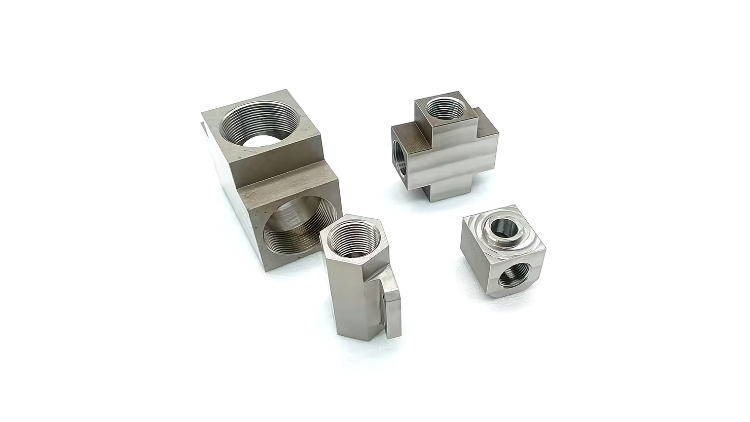
Angle Milling
In CNC-machined parts, angular milling occurs when the axis of a tool is set at a specific angle to the machined surface while the workpiece is held in the desired direction by an angle plate or fixture. The tool precisely machines the workpiece at a specific angle, for example, 45°, 60° or 75°.
Areas of application: It is used for the milling of mitered corners, T-grooves, and other complex geometric contours.
Form Milling
Forming milling is a technique used to machine complex shapes and contours on a workpiece. In the operation, a tool rotates and travels across the surface of the workpiece, or the workpiece moves underneath the tool. The edge of the tool then cuts the material to form the desired geometry.
Areas of application: Suitable for milling of automotive molds, plastic molds, aerospace parts, etc.
Gear Milling
Gear milling involves shaping various types of gears on a milling machine using shaping cutters that match the gear tooth profile. It usually involves the use of equally spaced gear teeth and a universal indexing head for precise indexing and machining.
CAM Milling
Cam milling uses an indexing head to rotate and position the workpiece to ensure that the cutting tool accurately removes material and shapes the desired cam profile. By adjusting the position of the camshaft over a range of 0 to 90 degrees, the desired cam profile can be achieved to meet specific engineering requirements.
Thread Milling
Thread milling uses a thread milling cutter to cut threads in a pre-existing hole in the workpiece to remove material and create accurate and uniform threads with excellent accuracy. Thread milling involves three different motions: rotation of the thread milling cutter, axial movement in and out of the hole, and advancing the workpiece to cut the desired threads.
Turret Milling
Turret milling utilizes milling cutters to perform operations such as cutting, shearing, and drilling. During this process, the spindle of the milling machine remains stationary while the table flexibly moves in the direction of the X and Y axes to accommodate different machining needs.
How Do I Choose the Type of Milling?
Opting for the appropriate milling method depends on various factors. Here are some suggestions:
Consideration of Material Properties
Consider the hardness, machinability, and thermal conductivity of the workpiece material to select the most appropriate milling technique. For example, square-shoulder milling can be used for hard metals, while contour milling is suitable for soft materials.
Evaluate Machining Accuracy
Ensure that dimensional accuracy and surface smoothness are within specifications. Select milling techniques that are accurate to specification, such as thread milling for making precision threads.
Consideration of Milling Tool Size
Milling operations require specific types of tools, and the wrong choice can lead to poor results or even damage to the tool and workpiece. For example, end mills have cutting teeth on both sides and can be used for a variety of drilling operations, and side mills can be used to cut flutes.
Conclusion
This article details the various milling types and their best applications to help you better understand and select the right machining method for your project needs. To learn more about milling types in machining, feel free to visit our China Casting Synergy Group website to get a quote for your project.
We offer a full range of manufacturing services, including milling and other value-added services to meet your prototyping and production needs.

